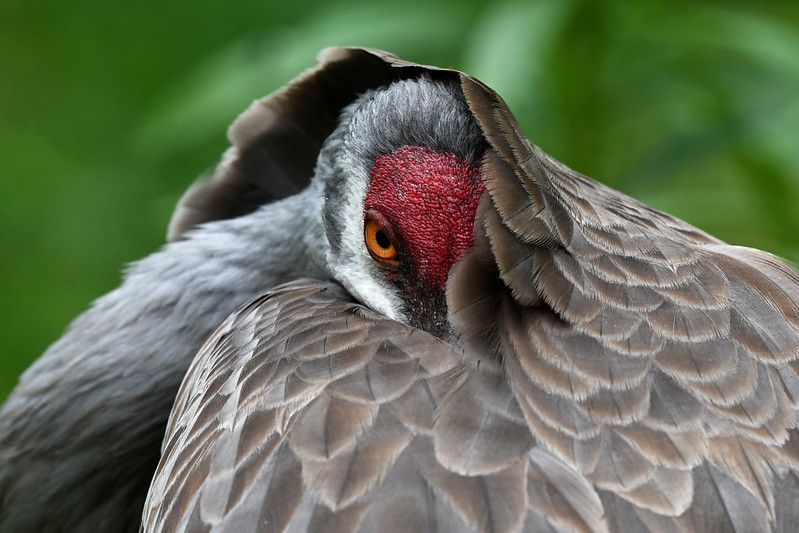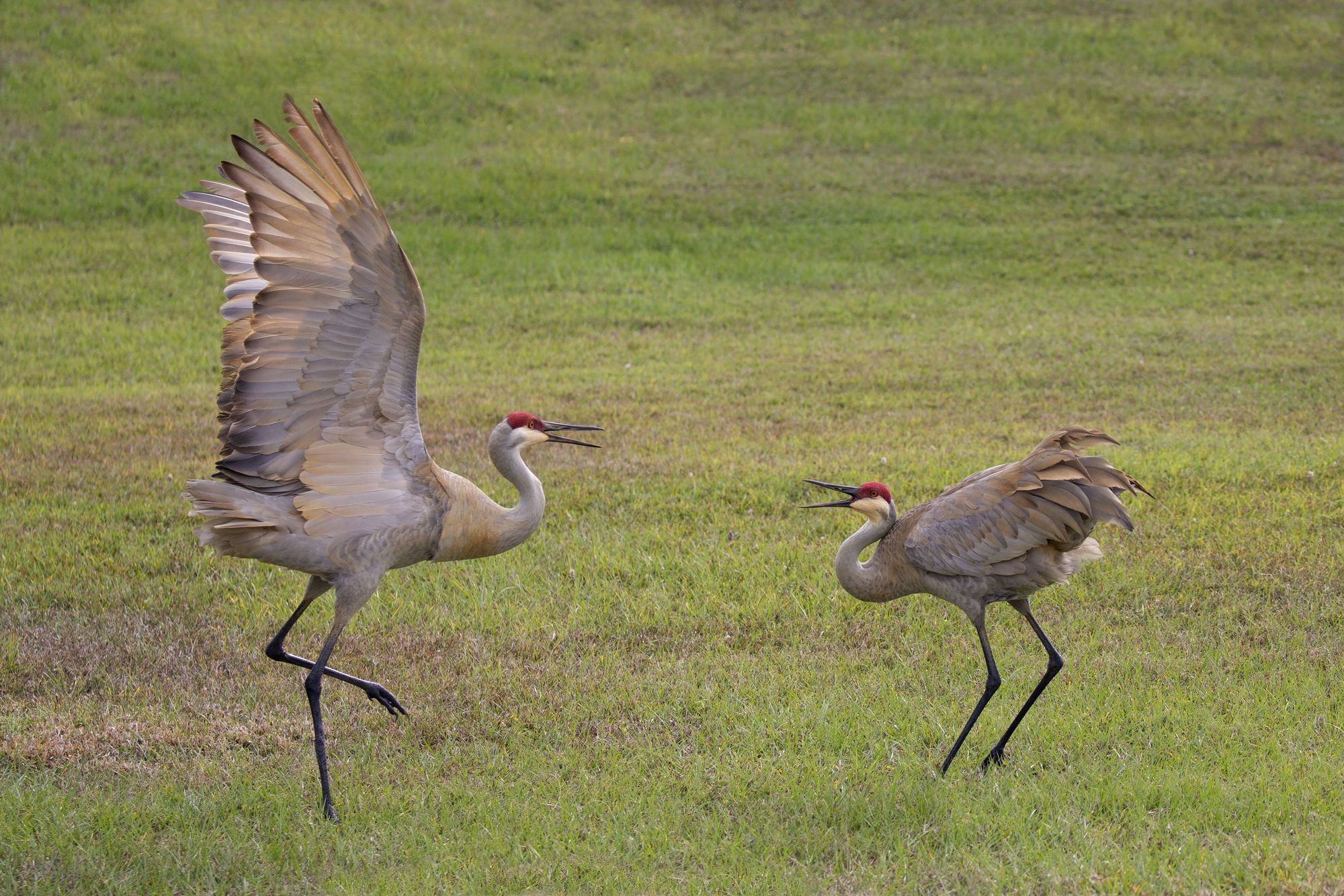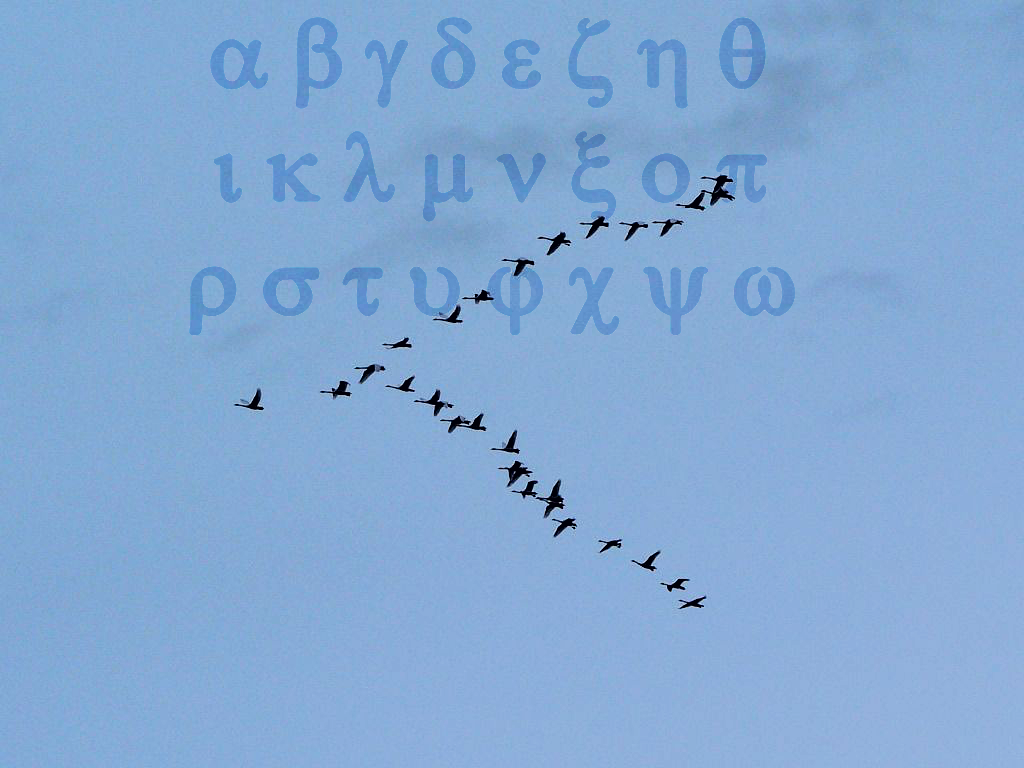Beckoned by Cranes

Years ago, when I lived in the Sierra Nevada foothills, we were located on the migration corridor for cranes moving from their wintering grounds in the Central Valley to their breeding grounds in remote marshes across the Intermountain West.
There was always a moment, every spring, when the first group of cranes flew over with their wild, bugling calls, and everyone in the neighborhood dropped whatever they were doing and ran out to watch. No matter what mood you were in, the sight and sound of migrating cranes made your heart beat fast and took your breath away.
It seems that cranes have inspired similar reactions wherever one of the 15 species of the world’s cranes are found. Every major culture, and every major religion, has a web of symbolic meanings and legends connected to cranes. In fact, cranes may be one of the most symbolically celebrated animals on the planet.

In a way, this makes sense because cranes are ancient animals that have been around for over 10 million years. When cranes speak, they speak with wild, primordial voices that thrill us to the bone in the same ways that howling wolves do.
But the human connection to cranes goes much deeper that that.
Because even as cranes speak with ancient voices across endless time, they also fill the present moment with exuberant, irrepressible energy.
By dancing.
Oh yes, cranes dance, and it is utterly thrilling to watch them!

Leaping five to six feet in the air, throwing back their heads, bowing to each other, kicking out their long legs, and spreading their massive wings, cranes put on the performance of a lifetime.
It has been said that human dance started from watching cranes. I guess there's no way to prove that, but it doesn’t even matter if it's true or not, because just the idea that humans learned to dance from cranes fills my mind with wonder.
Another fascinating idea is preserved by ancient Roman writers who report that the letters in the Greek alphabet originated from tracing the shapes of crane flocks migrating overhead, as if the voices of cranes were handing us our own voice of the future.

And just when you think you know cranes, they continue to surprise you, as they did for me when I read that on their Arctic breeding grounds they have been observed eating walrus carcasses! I don’t even know where to put this notion that the cranes I see migrating overhead might reach the Arctic and eat walrus carcasses!
If you’re fortunate enough to live on a sandhill crane flyway, you’ve probably been hearing them fly overhead. And if you’re not, take heart in this fact—there are, at this exact moment, hundreds of thousands of sandhill cranes gathering on the Platte River in Nebraska, keeping a timeless ritual of movement and energy alive on our struggling planet.





Member discussion